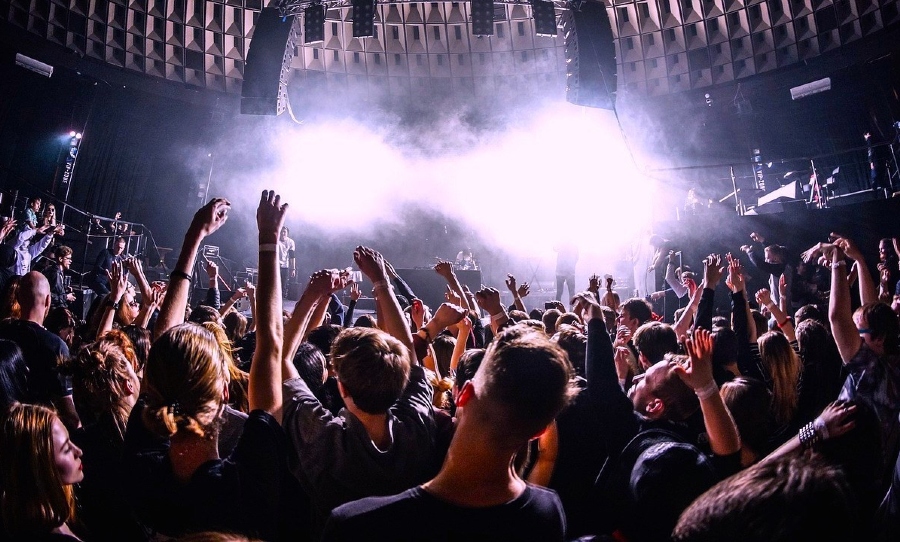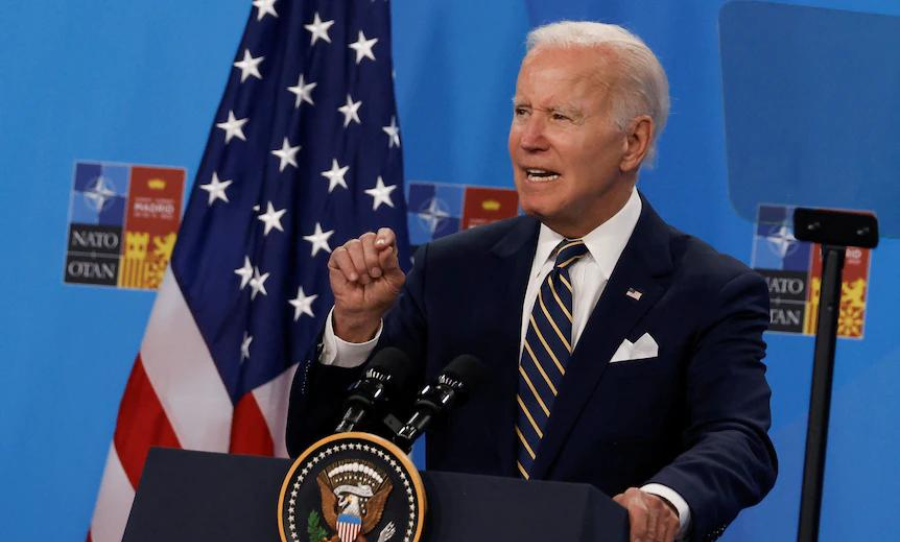By this point, many of us are painfully aware of the havoc that the COVID-19 pandemic has wrought upon the world’s music industry. Over the past several weeks, live concerts have been all but removed from the table. For musicians everywhere, this has resulted in nothing short of a catastrophe. Revenue gained through live performances has virtually dried up under social distancing laws, leaving many struggling to stay afloat.
Despite this, the music industry has admirably made the most of a bad situation. The internet is currently awash with concert streams, with artists either delivering sets live from their own homes, or unearthing concert footage from their archives. More recently, however, social distancing restrictions have been gradually lifting, which raises interesting questions around live music’s eventual return.

With social distancing restrictions gradually lifting, live concerts have returned in various forms. But do socially distanced concerts offer a genuine substitute until normalcy returns?
Denmark officials recently gave the go-ahead to a drive-in concert. By the current accepted social distancing standards, this posed no risk to the spread of infection. The public also met the idea with enthusiasm, as 500 tickets sold in just a few minutes. The success has led to the scheduling of more drive-in gigs in the near future.
Meanwhile, the US state of Missouri has declared that live events may resume this week. Spectacularly, Missouri Governor Mike Parson has placed no limitations on the size or scale of the event.
Despite this, there remains more than a few degrees of apprehension among venues and artists in assuming an ‘as you were’ doctrine in response. Instead, artists and event organisers have begun devising limited capacity concerts that utilise about 20% of a venue’s maximum capacity.
So what do these workarounds mean for the immediate future of live performances? Currently, the scientific consensus is wary of public frustration and economic pressure resulting in a premature return to normalcy. Additionally, health experts are strongly advising against fully-attended concerts until at least 2021.
Obviously, this would be a terminally long wait for artists that depend on the income of ticket sales. Nevertheless, there remains a risk of a second wave of infections. Therefore, a boundary must be met that optimises public activity and limits new cases.
For live performances, this could be executed through the methods mentioned above. A restructuring of a concert’s pricing would be required in this case, and difficulties arise here.
While the return of live music is obviously welcome, the atmosphere of a 20% capacity venue wouldn’t quite cut the mustard. Attendees would be justified in paying less under these circumstances.
On the contrary, this means a serious hit on the artists’ side. Given that 80% of ticket sales are already lost, it’s questionable whether playing shows and touring is even financially viable.
The music industry has proved its resilience in making things work during these uncertain times. The ensuing months will prove fascinating as it navigates the new world of live performances.



